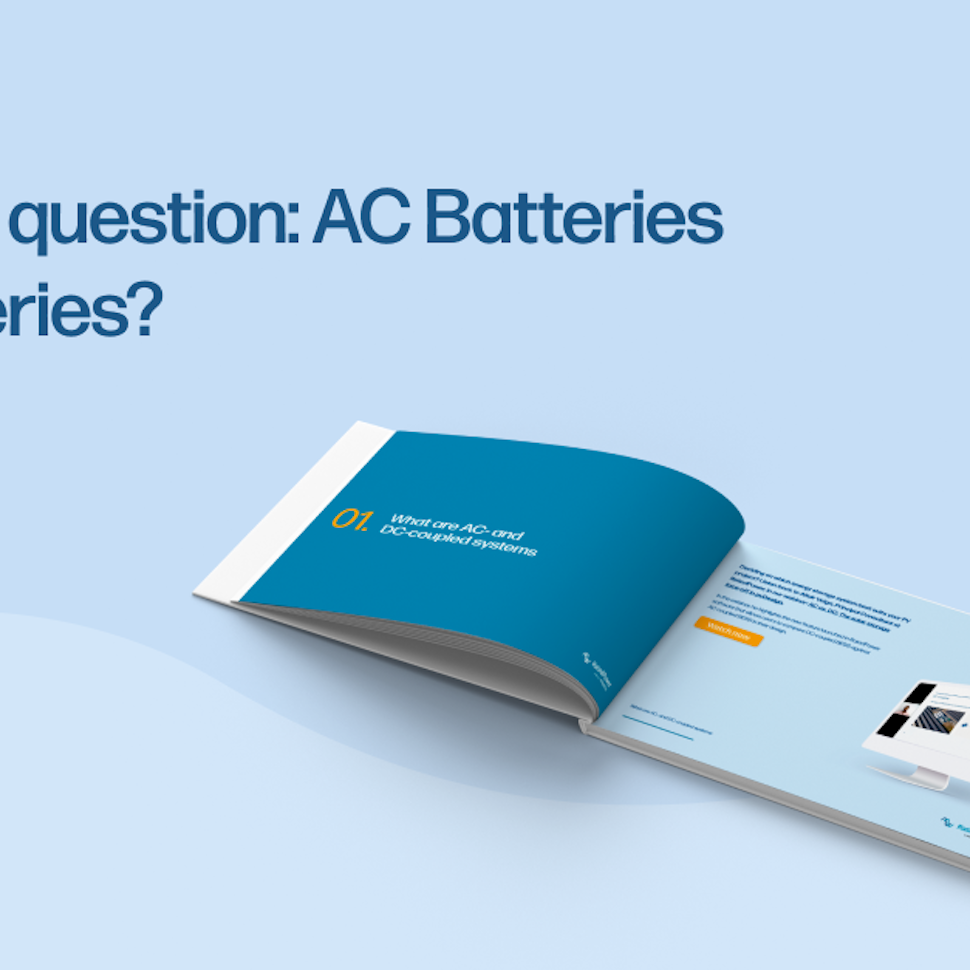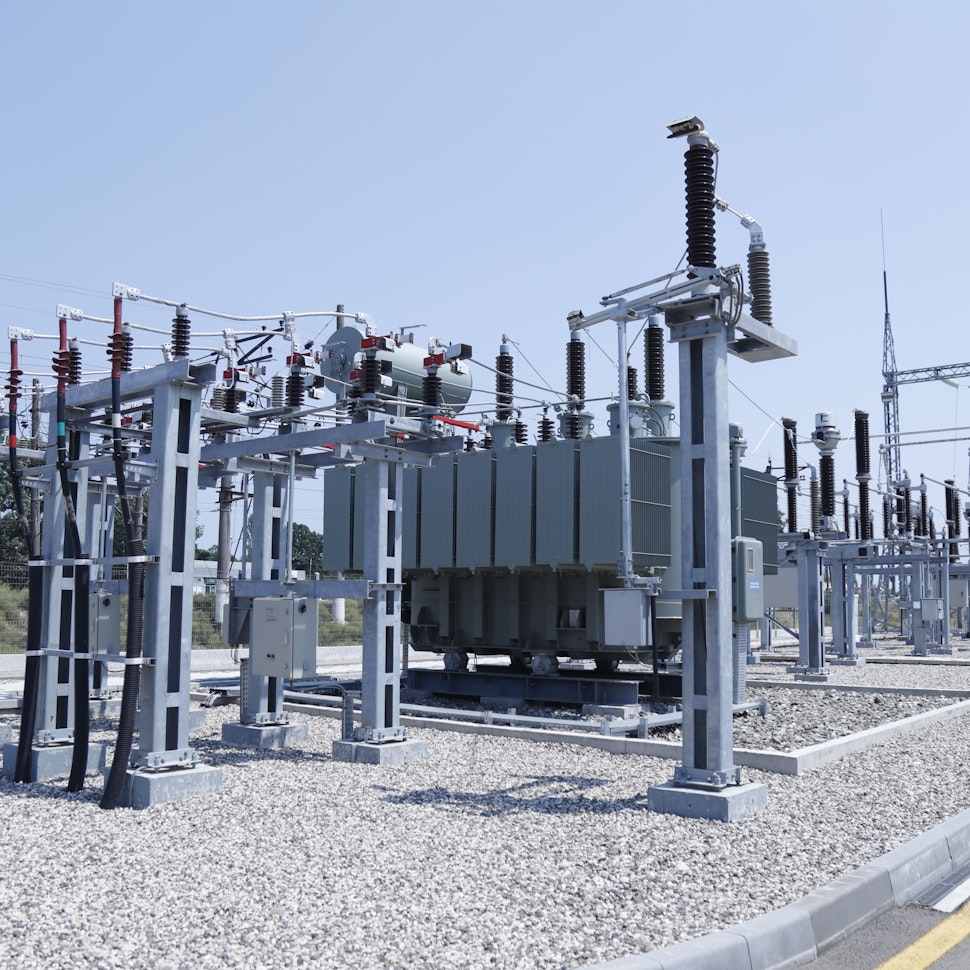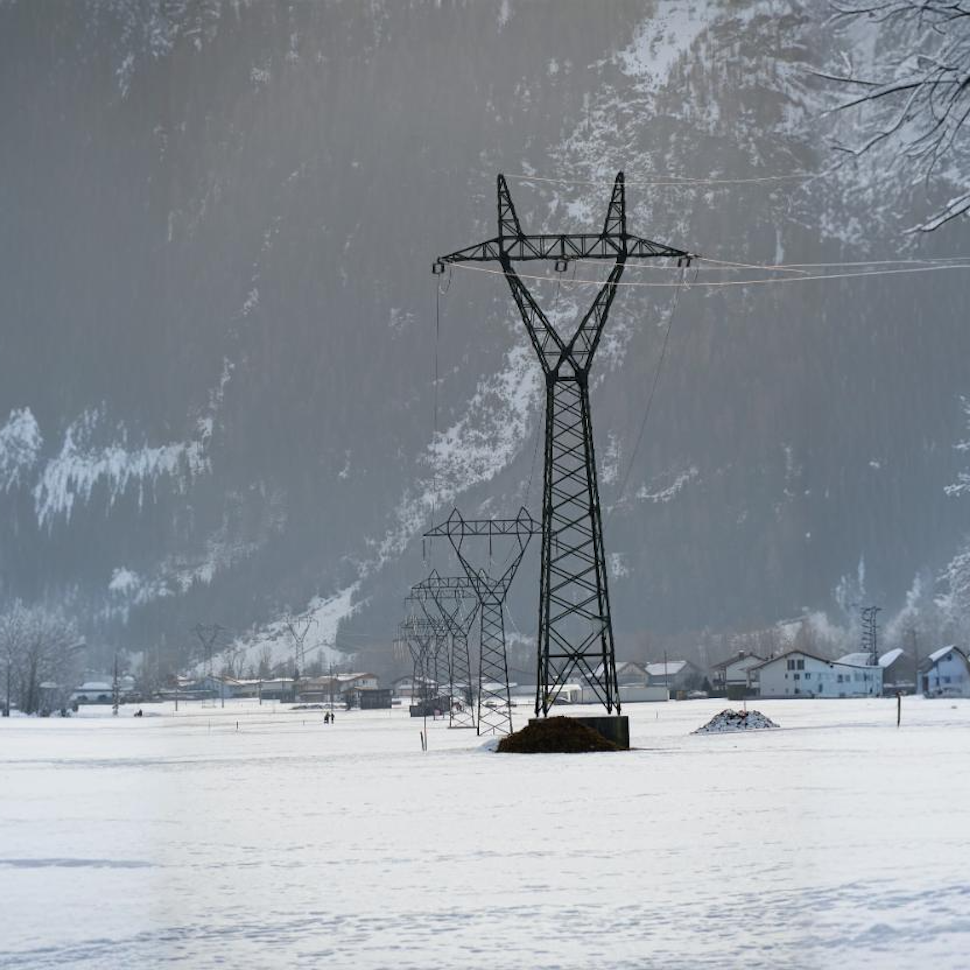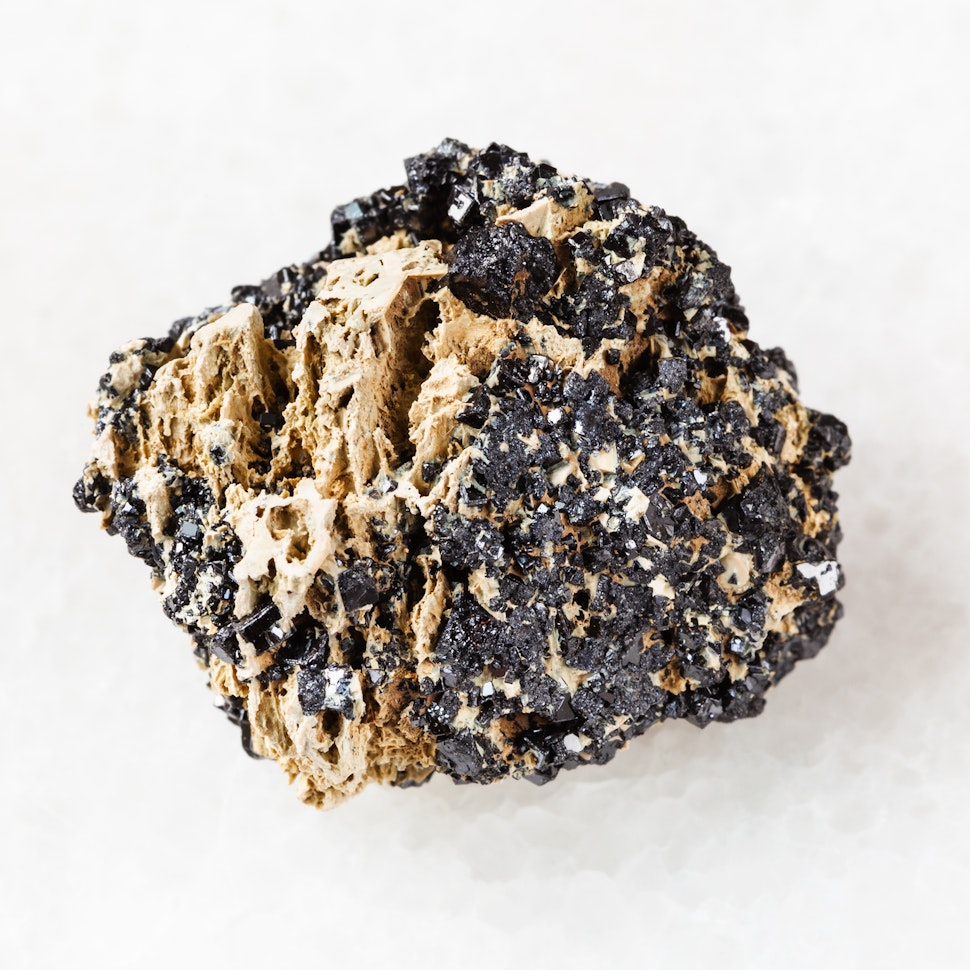What is the National Electrical Code (NEC)?


Jeremy Vickerman
Senior Content Manager
Senior Content Marketing Manager at RatedPower with extensive experience in content strategy, production, and communications. Over a decade of expertise spanning marketing, recruitment consulting, and public relations across the UK and Spain, with a strong track record in driving brand visibility and audience engagement.


Nacho Álvarez
Sr. Product Manager
Senior Product Manager at RatedPower with over 7 years of experience in product strategy, project management, and software development for the renewable energy sector. Skilled in leading cross-functional teams and delivering innovative solutions for utility-scale PV plants, substations, T&D lines, and energy storage systems.

Find out what National Electrical Code (NEC) is and how it is used by electrical engineers and electricians to work safely.
Content
What is the NEC?
The National Electrical Code (NEC) outlines the guidelines and regulations that inform electricians how to install and use electrical wiring and equipment. It lays out standards and best practices for electrical systems in structures like homes, commercial buildings, and industrial facilities.
Experts and engineers from the National Fire Protection Association (NFPA) update the NEC every three years. Revisions address new technologies and reflect the latest safety research. The rulebook covers everything from the wires inside walls to lighting systems, generators, batteries, and solar panels.
The National Electrical Code specifies the proper size and type of wires electricians should use. It dictates how electricians should install wires, the required clearances around electrical equipment, labeling standards for circuit breakers, and mandatory electrical safety protections.
Most American cities, counties, and states legally enforce the National Electrical Code by including it in their building codes. Following the NEC rules helps reduce fires, shock hazards, and other electrical risks. In turn, it makes things safer for electricians working on systems and residents using electricity in buildings.
Is the National Electrical Code a law?
The National Electrical Code is not a law or set of laws. However, many places around the United States use rules from the National Electrical Code in their local legislation.
The rulebook helps electricians know the right way to operate, even when not enforced by law.
What are the two basic rule types in the NEC?
The NEC contains two rule types that electricians need to pay attention to, mandatory and permissive rules. The NEC indicates these by specific wording.
Mandatory rules use terms like "shall" or "shall not." For example, "Electrical panels shall have a clear working space 36 inches wide and 30 inches deep in front of them". Mandatory statements like this describe required actions or prohibited actions. Electricians must follow these rules to be compliant.
Permissive rules use the phrasing "shall be permitted." For example, "In unfinished basements, exposed Romex wiring shall be permitted." Permissive statements indicate options that are allowed but not necessarily required. Electricians can choose to implement these statements, but they don't have to.

Design utility-scale solar at lightning speed
The eternal question: AC or DC Batteries?
In this eBook, we’ll look at these two options in-depth and explore which type of BESS is best for which situation when it comes to designing a solar installation

Latest stories
Related glossary posts
Technology and engineering
How solar zenith and azimuth impact panel efficiency
Updated 8 SEP, 25

Technology and engineering
Albedo and Solar Power: What You Should Know
Updated 8 SEP, 25

Technology and engineering
What is a solar substation and how to customize yours with RatedPower software
Updated 5 MAY, 25

Related posts
Technology and engineering
Outsmarting congestion: How efficient solar design helps navigate Nordic grid limits
Learn how Nordic operators and solar developers are adjusting to tighter grid conditions and how policy and design decisions are keeping projects on track.
Updated 16 DEC, 25

Technology and engineering
The rise of ultra-thin perovskite solar cells
Learn about Japan’s $1.5B initiative to commercialize ultra-thin, flexible perovskite solar cells and how it could transform the solar landscape globally.
Updated 30 SEP, 25

Technology and engineering
The green hydrogen boom in LatAm
Latin America is emerging as a green hydrogen leader. Learn how LatAm countries are leveraging solar and wind power to drive green hydrogen production.
Updated 22 JUL, 25

- RatedPower
- Glossary
- N
- National Electrical Code (NEC)
 Watch a demo
Watch a demo Ask our AI Product Expert
Ask our AI Product Expert



